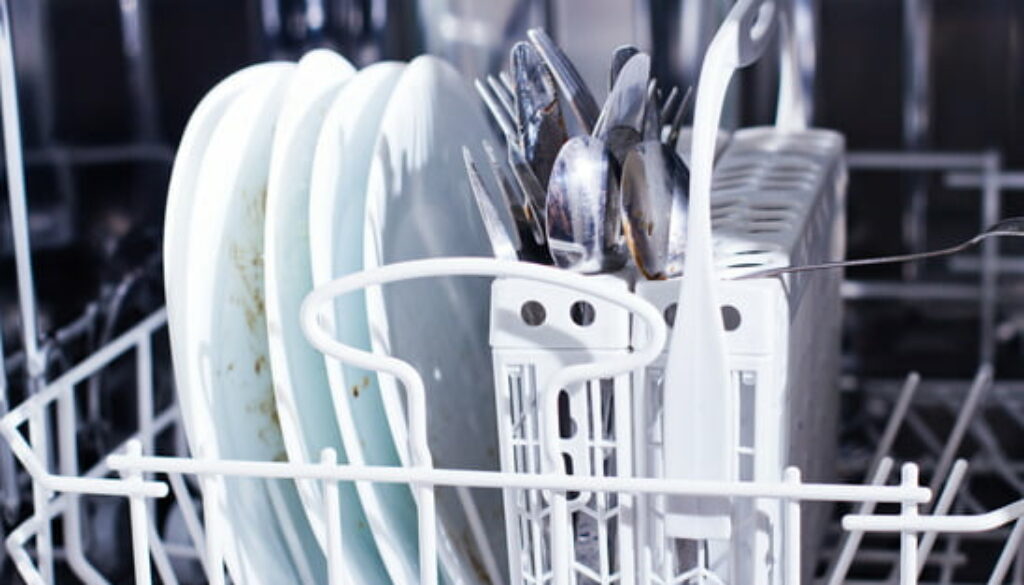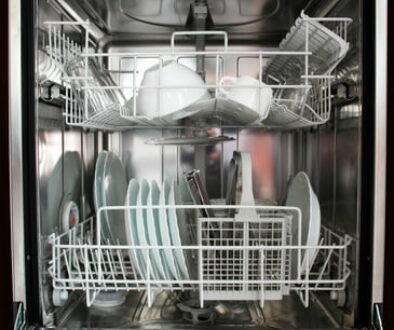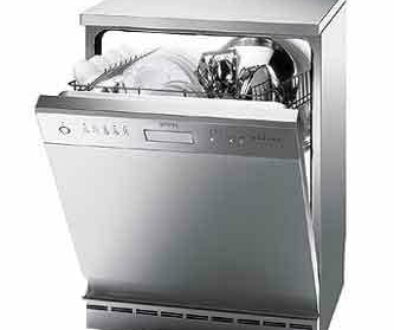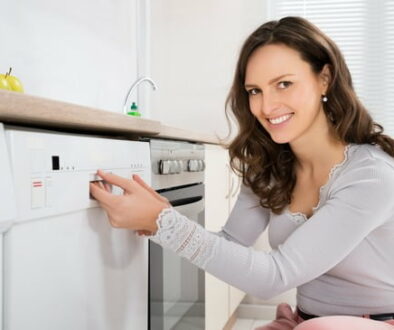A dishwasher can save you plenty of time by washing and drying your dishes for you. However, putting away still wet dishes can definitely be annoying. See how you can maximize your dishwasher’s drying capabilities here!
Can’t handle an appliance issue on your own? Let Repair Care’s experienced team handle your Samsung Dishwasher Repair in Vancouver; we are here to service your appliance on time and on a budget.
Heating Element
A malfunctioning heating element might be the cause for your wet dishes. After turning off the dishwasher, you can check the electrical continuity with a multimeter. By removing the lower panel, the terminals can be accessed underneath the tub. Be sure to take note of the condition of the wires and terminals because they should be replaced if they’re damaged.
Rinse Aid Dispenser
The rinse aid dispensing cap could also be the reason why your dishes are still wet. Dishes won’t shed their water easily as long as the rinse aid is malfunctioning. First, make sure that the chamber of the rinse aid isn’t empty. If it isn’t empty, make sure that the cap is properly adjusted and fits accordingly.
Thermostat
The high limit thermostat is a safety device that keeps the dishwasher from overheating. A thermostat that isn’t working properly can prematurely shut off a dishwasher before all of the dishes have finished drying. Behind the lower access panel, the high limit thermostat is found at the bottom of the dishwasher tub. The thermostat should be replaced if there is no continuity found with a multimeter.
Loading your Dishes: Different types of materials conduct heat differently. Glass will get hot quickly while plastic will not. If you have lots of dishes, it may help separating plastic from glass and crockery as it may help dry your dishes more efficiently How you place your dishes can also affect the drying process in a dishwasher. By placing a cup or bowl upside down, the dishes will not be cleaned as well, but they will also dry slowly. This can affect the rest of the load as it will hinder water evaporation during the drying sequence and prevent the rest of the load from drying.




